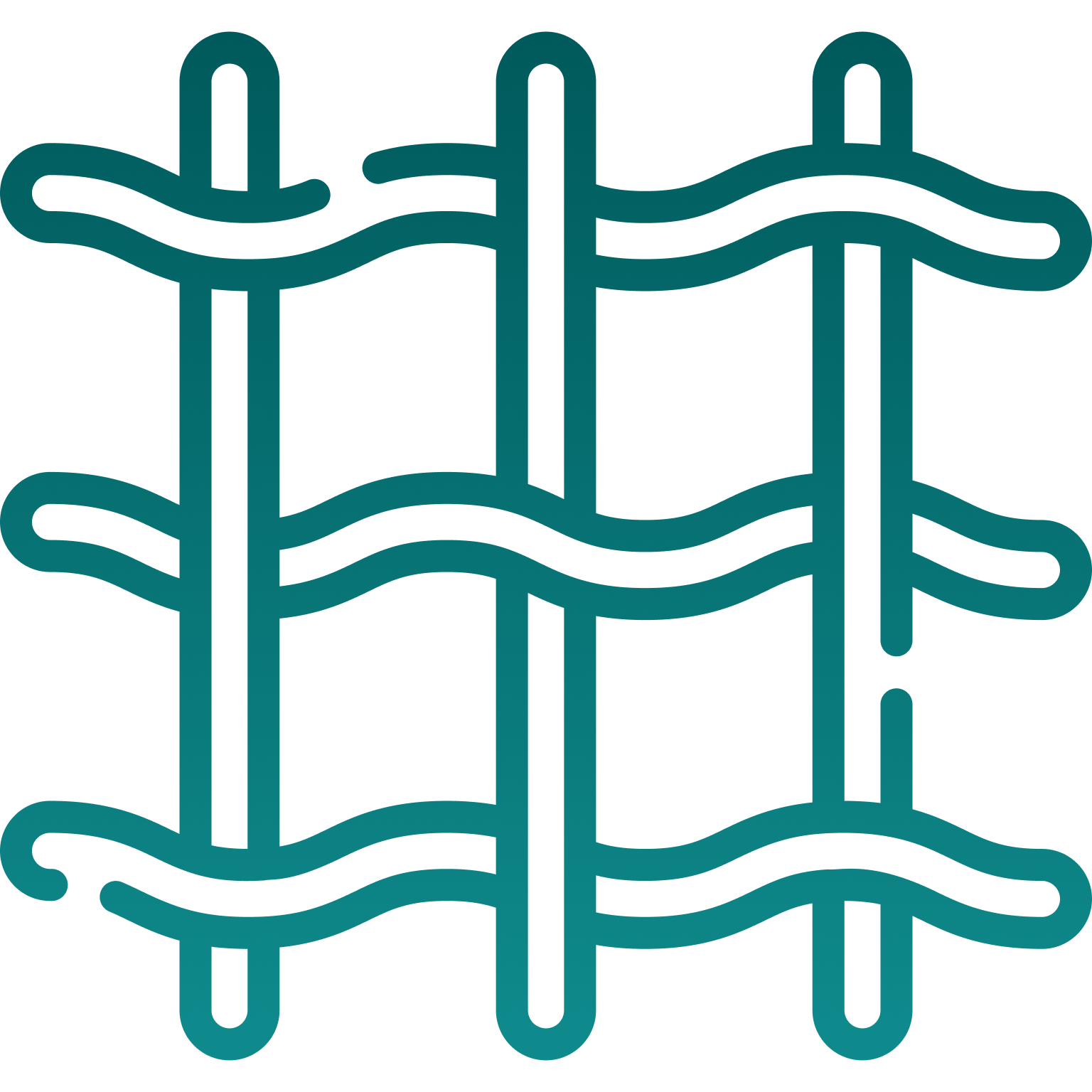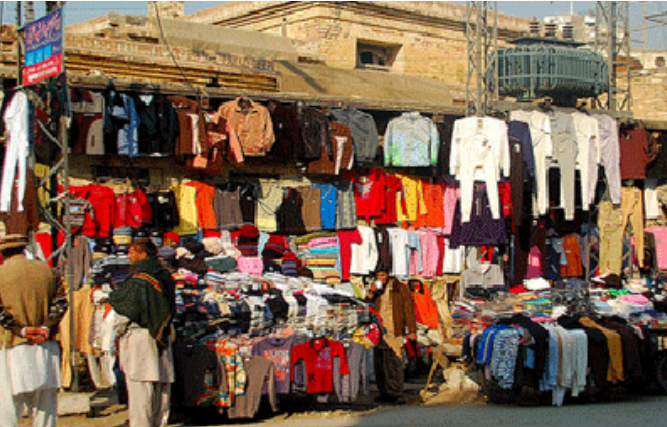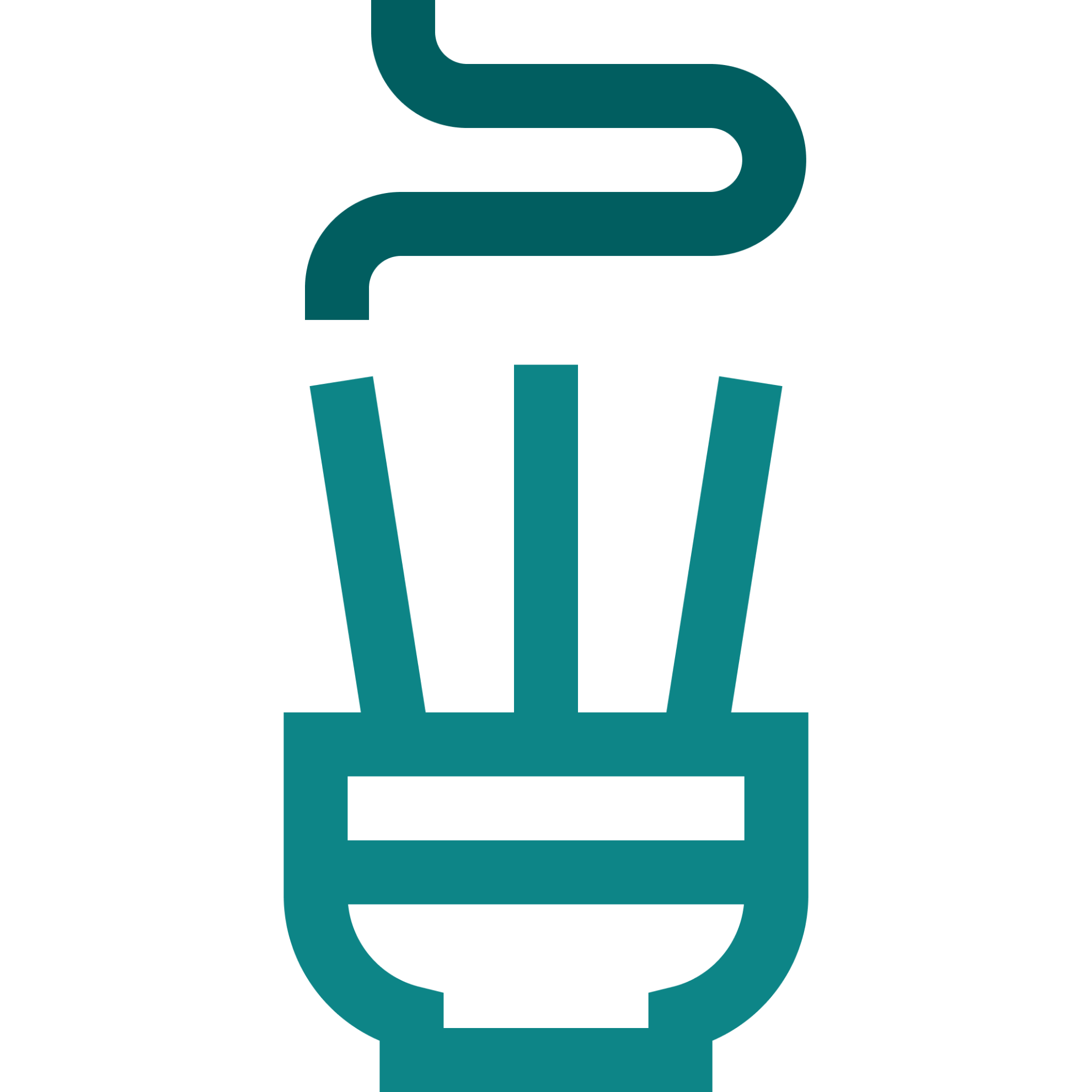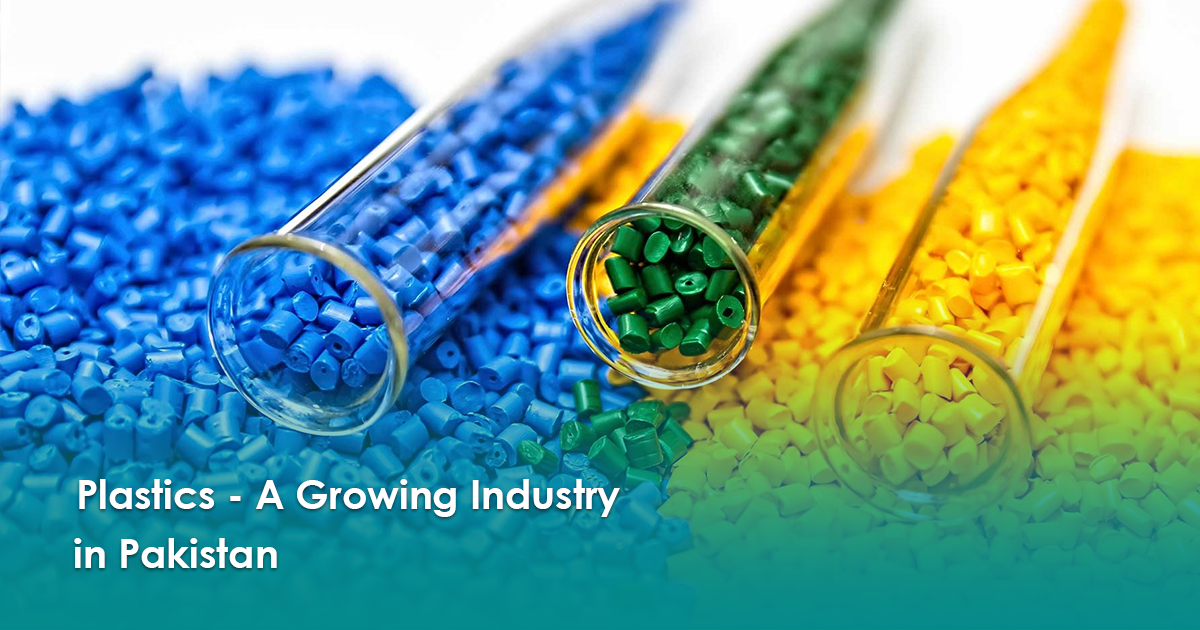The plastic industry in Pakistan is a growing sector and is an important contributor to the country's economy. Pakistan has a large market for plastic products, including packaging materials, household items, and construction materials. The industry is mainly concentrated in the major cities of Pakistan and specifically in Punjab.
The global size of the plastic market was over $580 billion in 2020 and Pakistan has an established plastic industry equipped with the latest technology that meets international standards. The plastic industry in Pakistan comprises over 11,000 small, medium, and large units, with, about 65% located in Punjab.
Plastic has replaced many costly metals that were being used to manufacture everyday cheap industrial and domestic products. With the increase in the use of plastic in industrial and domestic sectors, the industry is probably on its way to becoming the second-largest sector in the economy after textiles.
The plastic industry is meeting the local demand as well as exporting a significant amount of products to earn foreign exchange. The Pakistani plastic industry contributes 15% to the country’s GDP and directly employs 500,000 people and indirectly employs over 200,000.
Pakistan's plastic industry has a total capacity of 750,000 tons, manufacturing plastic products such as Polyvinyl Chloride (PVC), General Purpose Polystyrene (GPPS), High Impact Polystyrene (HIPS), Expanded Polystyrene (EPS), Polyethylene Terephthalate (PET) Chip Bottle, Preform, Urea, and Melamine. Many high-quality products are also exported to many countries globally.
Plastic products manufactured locally are exported to the United States, Afghanistan, Canada, Turkey, UAE, India, Italy, Tanzania, Belgium, Germany, Bangladesh, Qatar, the UK, and China. The Plastic industry is integral to the country’s economy as it links to many different sectors, contributing significantly to the automobile industry. The quality over the years has improved drastically due to modern techniques that have helped meet the local automotive industry’s demand.
The main raw materials used in the plastic industry in Pakistan are polyethylene and polypropylene, which are derived from petroleum. However, these raw materials are imported from Saudi Arabia, Kuwait, and the United Arab Emirates. Other raw materials used in the industry include PVC, PET, and ABS but the cost of raw materials can vary depending on international oil prices and other factors. The fluctuation of the price of raw materials significantly impacts the profitability of the plastic industry in Pakistan.
However, the industry is still in its developing phase and has the potential for significant growth in the future. The Government of Pakistan is taking steps to support the plastic industry and promote exports of plastic products and has been taking several steps to support them, such as tax exemptions and subsidies and promoting exports of polymer products. Despite this, the industry still faces several challenges such as high energy costs and high raw material costs.
Overall, the polymer industry in Pakistan has the potential for significant growth and development in the future, with a focus on increasing production and exports, improving infrastructure, and addressing the industry's challenges.















.png)





